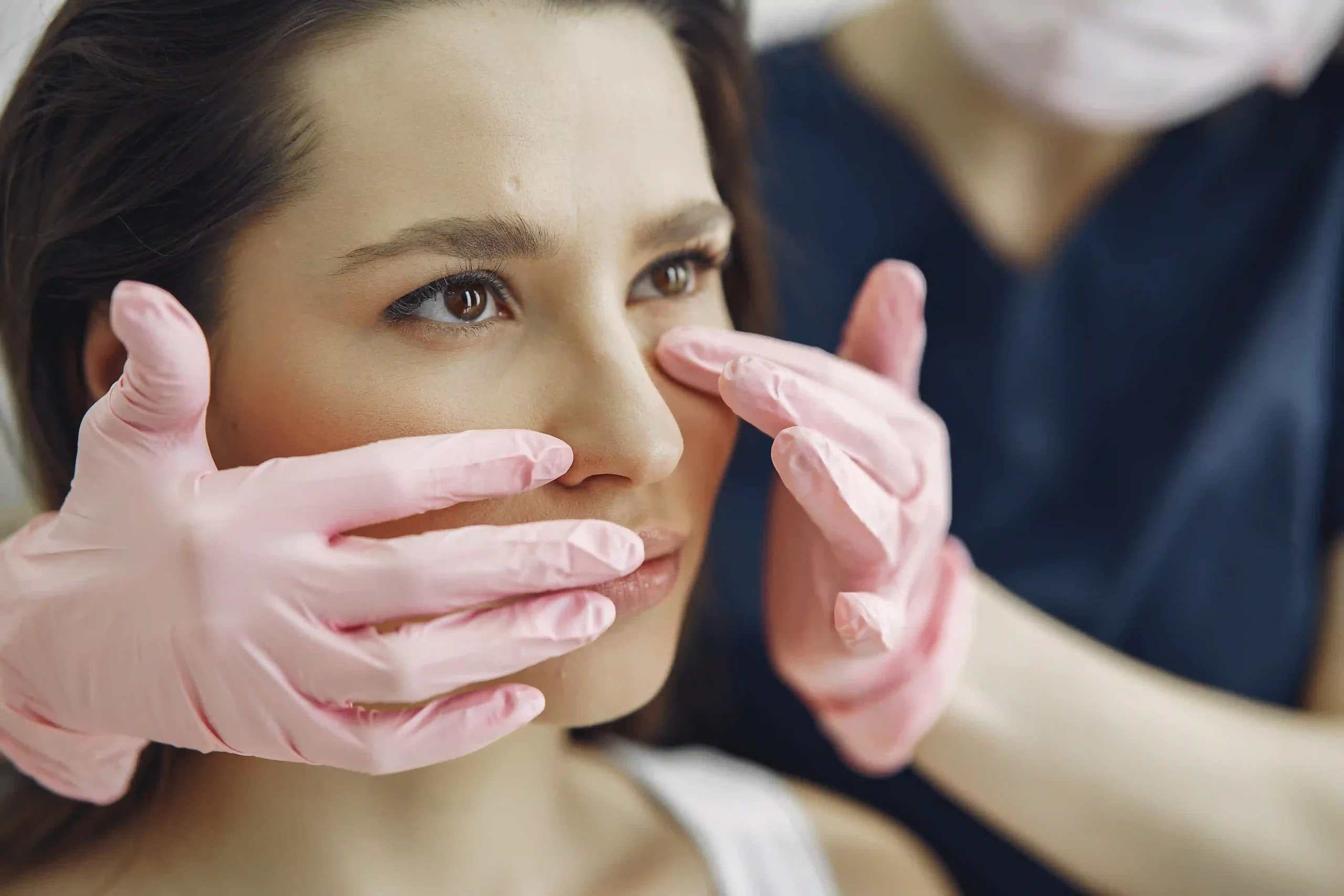Table of Contents
Introduction
Revision rhinoplasty, also known as secondary rhinoplasty, is a surgical procedure performed to address concerns or complications from a previous rhinoplasty surgery. While the primary goal of any rhinoplasty is to enhance the appearance and function of the nose, there are several things that can happen after a revision rhinoplasty that patients should be aware of. In this blog, we’ll discuss the common outcomes and expectations associated with revision rhinoplasty.

Rhinoplasty or nose job is one of the most popular forms of plastic surgery. Patients are not always satisfied with the outcome of their first procedures, and this is why they go back for revisions. This surgery will simply involve the tweaking of a small part of the nose to perfect its appearance. Since this is a revision, the chances that you won’t get what you want are minimal.
4 things that can happen after a Revision Rhinoplasty:
1. You Might Lose Your Sense of Smell
Revision rhinoplasty, just like the primary procedure, comes with its set of side effects. In this particular procedure, you might experience serious swelling and bleeding. Your doctor will use nasal packing to reduce these side effects. Nasal packing will, in turn, make you unable to breathe under your nose for some time. This also means that you will not be able to smell anything.
This procedure results in more serious side effects since it is performed on tissues that are already injured. Bleeding and swelling will go on for some days. The swelling can be reduced by applying a cold compress to the head. You will also need to take painkillers since the discomfort can be unbearable. Usually, the surgeon will leave you with a prescription for painkillers.
Blowing your nose is also likely to cause further injury, so it should be avoided until the area heals. Patients don’t usually get the urge to blow their noses when the nasal packs are there to block the airway. Once they are removed, you will have to control your urge to blow your nose. Some patients have also reported having distorted vision after the procedure, and this can be a permanent condition. This may be because of vasospasm or thromboembolism. If you experience long-term vision distortion, you should consult your doctor for further directions.
2. You Will Be Happy With the Results
Revision rhinoplasty has a very high success rate. You don’t have to go back to the surgeon who did your first procedure. Instead, you can search for a board-certified plastic surgeon, ideally one who specializes in the revision procedure. It is equally important to tell your surgeon what you want clearly.

The revision rhinoplasty procedure is meant to correct a small problem in the original surgery. If you already know what you want to fix, there is no reason why you shouldn’t be happy with the final results. This is also the reason why about 15 per cent of patients go for revision procedures.
3. You Might Have an Adverse Reaction to Anesthesia
Patients are likely to experience adverse reactions to anaesthesia during the revision rhinoplasty. Before the surgery, your doctor will run some tests to determine your overall health and the chances that you will have an adverse reaction to the general anaesthesia. They will also go through your records to see if you have ever had such a reaction before.
Before the procedure, you will also get an airway-protecting tube that will leave your airways open in case of an adverse reaction. For extra safety, many surgeons work with a team of anesthesiologists. These professionals will make sure you get the level of care you need during and after the surgery.
4. You May Get an Infection
The number of people who go for this procedure and end up with an infection is negligible. This is because the nasal blood supply is robust. Infections can be worsened by the compromised nasal lining and the need for grafting. The use of drugs can also complicate the situation. Using foreign material may also promote infections in the nasal tissues.

To prevent complications resulting from an infection, you should watch out for symptoms and see your doctor once you discover you have an infection. These symptoms include fever, pain, odorous nasal discharge, and excessive swelling. The causative elements may respond to antibiotics.
5. Swelling and Bruising
After a revision rhinoplasty, swelling and bruising are common side effects. This is a natural response to the surgery and can be more pronounced than with a primary rhinoplasty. The extent and duration of swelling and bruising can vary from person to person, but most patients will see a significant improvement within the first few weeks. It’s important to follow your surgeon’s post-operative care instructions to minimize these effects.
6. Recovery Time
Revision rhinoplasty typically has a longer recovery time compared to a primary rhinoplasty. Patients may need to take more time off work or social activities to allow their noses to heal properly. It’s essential to be patient and give your body the time it needs to recover fully.
7. Final Results Take Time
While you may see some immediate improvements in your nose’s appearance, the final results of a revision rhinoplasty can take several months to become apparent. Your nose will continue to evolve as the swelling subsides and the tissues settle into their new position. Be prepared for the transformation to be gradual.
Conclusion
Revision rhinoplasty is a complicated procedure since the surgeon will be forced to work with already compromised tissues. The procedure comes with many side effects. These include redness, swelling, bleeding, and the loss of the sense of smell. Some patients end up developing vision problems. There is also a risk of getting an infection in the nasal tissues. If noted early enough, the infection can be controlled. You should, therefore, watch out for the symptoms of an infection. As noted in this article, you will experience the best results if you work with a board-certified plastic surgeon, ideally one with a focus on revision rhinoplasty.
You can contact Dr. Andrew Frankel in Beverly Hills to learn more about a revision nose job too.



